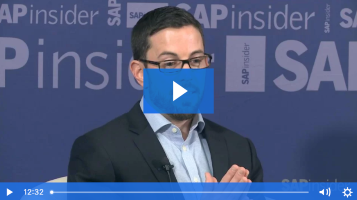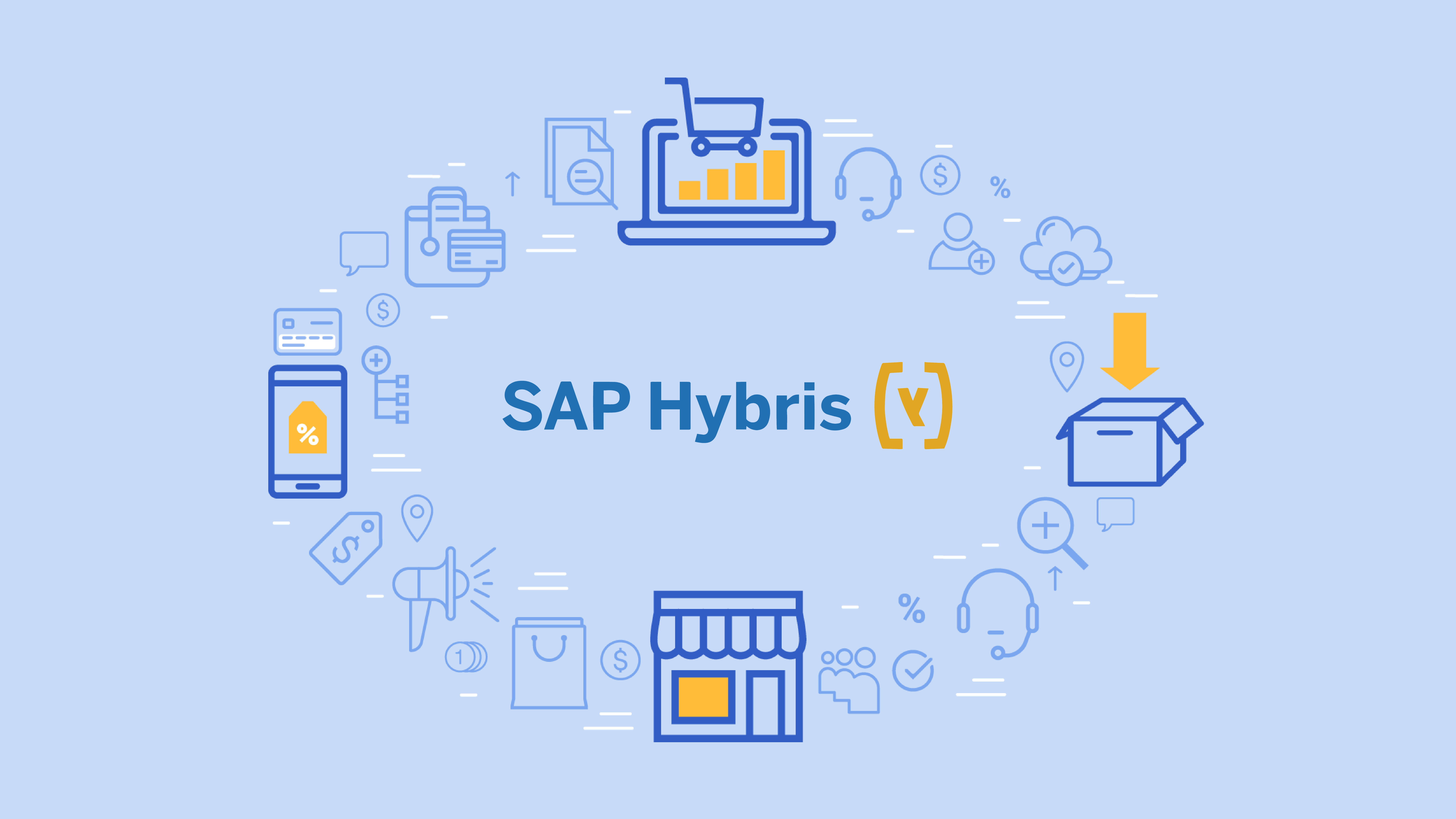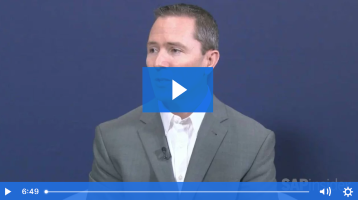Live from SAPinsider Studio: O.C. Tanner Rejuvenates its SAP Environment to Keep Up with Customer Needs
Ethan Kennelly, Director of Enterprise Architecture and Program Management at O.C. Tanner, joins SAPinsider Studio at the SAPinsider SCM-CRM event to discuss how O.C. Tanner’s implementations of SAP Hybris, SAP Configure Price Quote, and SAP S/4HANA helped it to keep up with rapidly changing customer needs.
This is an edited transcript of the discussion:
Natalie Miller, SAPinsider: Hi, I’m Natalie Miller with SAPinsider, and we’re here at the SCM, CRM and IoT event in Las Vegas. And I’m joined by Ethan Kennelly, who is the Director of Enterprise Architecture and Program Management at O.C. Tanner. Hi Ethan, thanks so much for joining me today.
Ethan Kennelly, O.C. Tanner: Hello.
Natalie: So I was hoping, before we jump into the project, if you could just tell us a little bit about O.C. Tanner.
Ethan: Yes, O.C. Tanner is an appreciation company. So what we do is help other companies, like SAP, SAPinsider, or other fortune 500 or fortune 100 companies, appreciate and recognize their employees to drive engagement, innovation, retain talent, and help companies grow. That’s what we’ve been doing, we’ve been around since 1927, so over 85 years.
Natalie: We’re talking today about the digital transition and journey that O.C. Tanner just went on in this large implementation of SAP Hybris, SAP Configure Price Quote, and S/4HANA. To start, if you could just talk a little bit about the environment before? I know you guys were working in ECC 6. So tell me a little bit about that and some of the challenges that you started to experience.
Ethan: Sure. We’ve been a long-time SAP customer. We’ve had our ERP implemented for over 15 years. And over the years we’ve taken a lot of time to do technical upgrades just so we could maintain our maintenance contracts and stay on top of things. Over the last two years, with our last upgrade to ECC 6, we decided there’s a lot of investment that SAP has put into their product, and we wanted to start taking advantage of those. So we started to take a look at how we were using SAP to do a functional upgrade. As we started looking at that, we basically decided that, with our customizations and the things that we’d built around SAP, we needed to go to more standard, out-of-the-box SAP. And so as we looked at our systems, we needed to change them dramatically. So we decided to go with a new implementation using Hybris, CPQ, and S/4HANA.
Natalie: Can you walk us through a little bit about – I know you did sort of a phased implementation. What were the decisions behind doing it that way and the advantages to that?
Ethan: Yeah, for us there are several different advantages. Helping to reduce risk as far as identifying what are our most risky assumptions and tackling those first. Getting time to value – often, ERP implementations take many years to actually start realizing the benefit, and for O.C. Tanner, we’re in a driven market. We need to realize value quickly. So we took more of an agile approach, a lean start-up type of approach, a phased approach, if you would, to realizing those values. We’ve done what we’ve called “identify a thin thread” as a least amount of stuff that we can get done to actually realize the value of these new systems.
Natalie: How are these three solutions working together?
Ethan: We’ve had a lot of great success. One of the big stories for O.C. Tanner is we have made-to-orders for our end recipients that are personalized directly to them, where they can do a lot of configuration on their specific awards. For us, the promise has really been made real as we’ve put these systems together to be able to configure those products in the ERP system, and then have them come up through the SAP Hybris commerce platform with the CPQ and be able to configure those products for end users.
Natalie: So the SAP Hybris is a really exciting, new offering that SAP’s bringing up. Can you talk a little bit about how that’s setting up O.C. Tanner to meet customer expectations and needs?
Ethan: Absolutely. As with most people that implemented their systems 15 years ago, there’s a lot of baggage that has come along with that. 15 years ago, technology was much different than it is today, and a lot of the things that we built were custom systems, custom code that we actually have to maintain and spend a lot of time and effort maintaining those systems. What we really want to do is focus on our differentiators; for example, items, catalogue, and order management are not our differentiators, but something that Hybris and ERP and then CPQ can all help us with.
Natalie: What are some of the other benefits that O.C. Tanner is seeing from the overall implementation? I know that phase one is what you’re in right now, but maybe talk a little bit about some of the benefits that you’re seeing now and some of the expected ones throughout the rest of the phases.
Ethan: Some of the hardest things for us to do are take those custom products, those custom built, made-to-order products, and make them available to all the platforms and products that we provide to our customers. And so some of the immediate benefit will be able to allow us to take those emblems and rings, custom rings, and different things, and put them in new and upcoming products. We have our labs, which are always experimenting with new HR space type of products, and we can very easily extend our current capabilities, our current manufacturing differentiators, to those new products.
Natalie: You just mentioned the O.C. Tanner labs. How is this implementation setting the company up for the future?
Ethan: As we have a culture of innovation at O.C. Tanner, we’re always trying to change our own markets to reinvent ourselves, to keep relevant, and to stay relevant to and provide value to our customers. So as we do that, we provide new merchandise, new products, and that helps us to scale much faster than if we were to do all these things using our own custom code and our own custom systems.
Natalie: Can you share some lessons learned? I know this was quite a large undertaking. What are some lessons learned that you can share with some of the companies that are listening?
Ethan: I think one of the biggest lessons learned for us as we look back on our 15 years of implementation is self-awareness. There’s a lot of things going on as far as technology. It’s changing so quickly, and the market is always changing as far as your competitors coming up and going away. Understanding where you are and how quickly you can change to meet those market demands is really an important thing to watch out for as far as being up to speed and up to date on technology. How agile are you, really, as far as being able to change to those market trends?
Natalie: Ethan, thank you so much for being here and sharing your story, I really appreciate it.
Ethan: Thank you.





